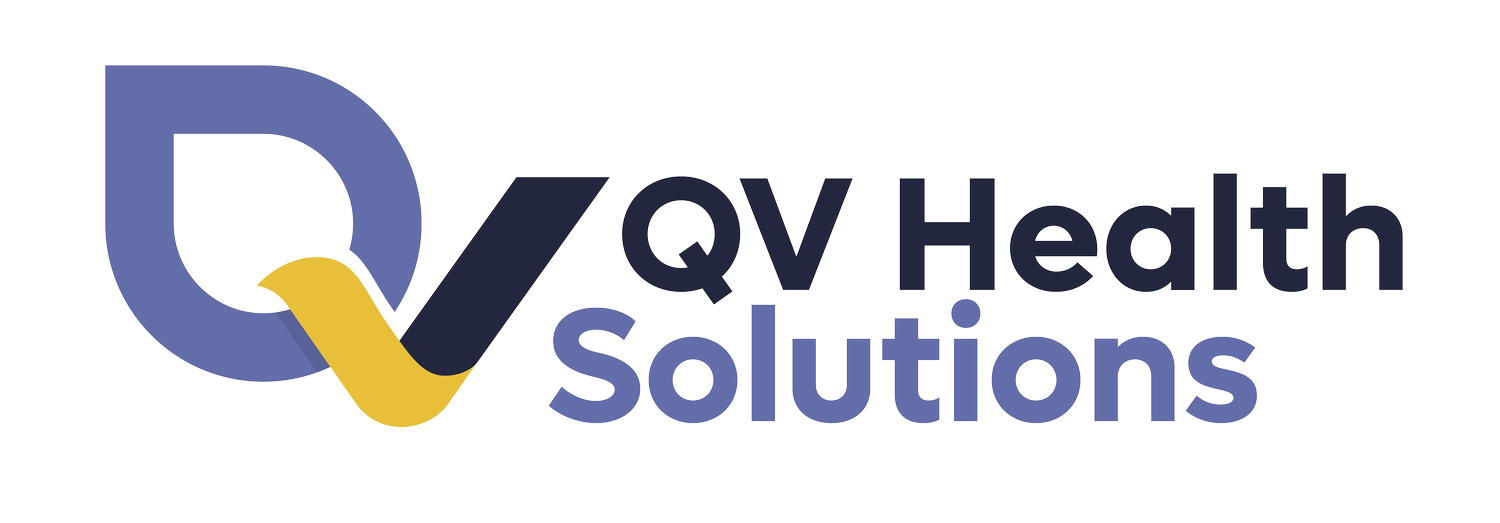Everything is Different…and Also the Same: Present and Future Funding for Solutions that Deliver Health Outcomes
By Susan Donovan, Vice President & Managing Partner
At QV Health Solutions, our mission is to drive capital to projects and programs that deliver positive health and social impact. This means we are squarely focused on what real-world and peer-reviewed evidence tells us works to create positive outcomes for people, communities, and our economy.
With our partners, we frequently translate federal and state policy into actionable implementation strategies that expand the impact of proven models and ensure the sustainability of critical service providers.
This experience, gained over a decade of work with health plans, hospitals, community organizations, and funders across the country, informed comments we recently submitted to the Centers for Medicare & Medicaid Services' (CMS) 2026 Medicare Physician Fee Schedule request for information for prevention and management of chronic disease.
Specifically, we urged CMS to:
Prioritize programs and payment models that incentivize providers to address clinical and health-related social needs in parallel;
Establish more comprehensive, inclusive, and flexible reimbursement for Community Health Worker services; and
Expand reimbursement for patient navigation services across all chronic diseases, including earlier stage chronic disease as a preventative service.
Our comments highlighted what we know from evidence and experience about how policy design can either promote or deter successful integration of health-related services into healthcare delivery in a way that improves outcomes (contact Susan Donovan to see our comprehensive comments). If CMS wants to address upstream drivers, solutions need to be community oriented, appropriately targeted, well coordinated, and predictably, durably, and adequately funded. When these services are overmedicalized, delivered absent community trust, narrowly defined, interrupted, and underfunded, uptake is limited and impact is stifled.
Given the federal administration’s adoption of policies – such as Medicaid work requirements, semiannual redeterminations, and cost-sharing – shown to severely increase the rate of uninsured and disrupt continuity of care that serves as the foundation for effective chronic disease prevention and management, we are skeptical that CMS’ finalized policies will align with our focus on allocating resources based on evidence. But state and municipal governments, healthcare providers, health plans, and community organizations don’t have the same choice. There is and will continue to be real-world social, health, and economic impact for individuals, businesses, and communities of under-investment in upstream drivers of health. That is why QVHS and our partners remain steadfast in our focus on program and payment innovation to ensure progress.
This is evident in a Midwest initiative, where we’re working with local partners to leverage healthcare, conservation, and local government resources to bridge healthcare and nature. The literature consistently shows that time in nature can improve a range of physical and mental health outcomes. And when has your trip to the doctor felt as rejuvenating as a walk in the park? Our partners are making this concept a reality by embedding in nature an evidence-based model of shared medical appointments. This new clinic will help address the underlying drivers of lifestyle-mediated chronic disease while being financially self-sufficient and scalable to other communities.
We’re also working on several initiatives in California, where Medicaid payment for health-related social needs through CalAIM creates a significant opportunity to improve health, but uptake of some community-focused services has lagged behind expectations (as noted by Healthcare Innovation, California Health Care Foundation, and California Healthline). Alongside numerous managed care plans and community organizations, we’re supporting service providers with the tools and resources needed to develop operationally- and financially-sustainable CalAIM service lines. These efforts will be increasingly relevant as California seeks to extend key components of CalAIM regardless of federal support.
While federal policies can bring seismic change, our work at QVHS adapts and continues. We may have to listen harder, shift tactics, and engage with partners more creatively, but we will always operate with the goal of capitalizing solutions that improve outcomes for people and communities. Please reach out with ideas for how to drive investment to projects and programs that build health and wellness in this new era.


